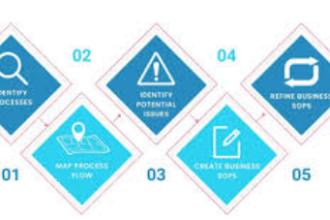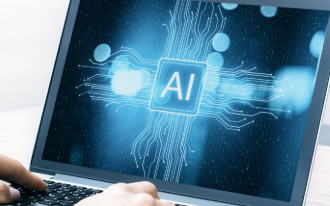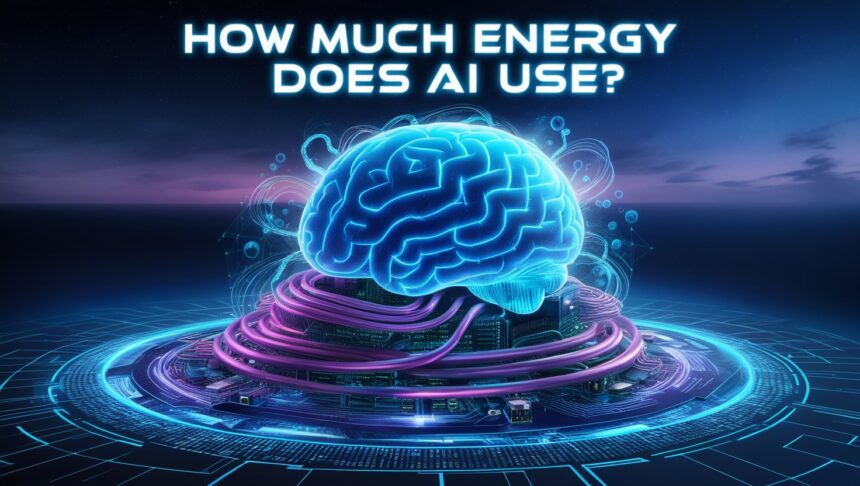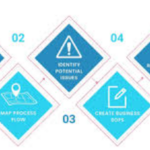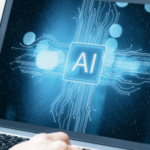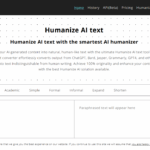In this article, I will talk about the how much power artificial intelligence really needs and why that number should matter to you.
As smart tools spread-everything from chatbots to self-driving cars-they pull in more electricity, especially when researchers train huge models or systems run around the clock.
Seeing those power costs laid out shows us AIs footprint on the planet and pushes designers to create greener, leaner code for tomorrows technology.
What is AI Energy Consumption?
AI energy consumption is the total amount of electricity that artificial intelligence systems burn while they work. It covers power used to train big models, run everyday requests, and keep the data centers that house those algorithms up and cool.
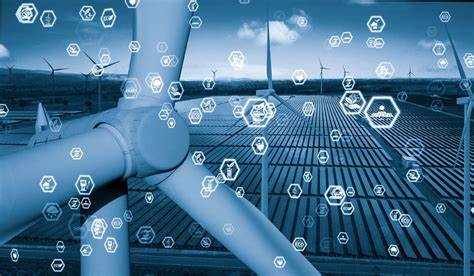
Training huge AI models needs lots of computing muscle-often expensive GPUs or TPUs-and they draw a huge amount of juice. Ongoing services like virtual helpers and shopping suggestions also need power all the time, so the overall energy footprint matters a lot when we check how friendly AI really is to the planet.
How Much Energy Does AI Use
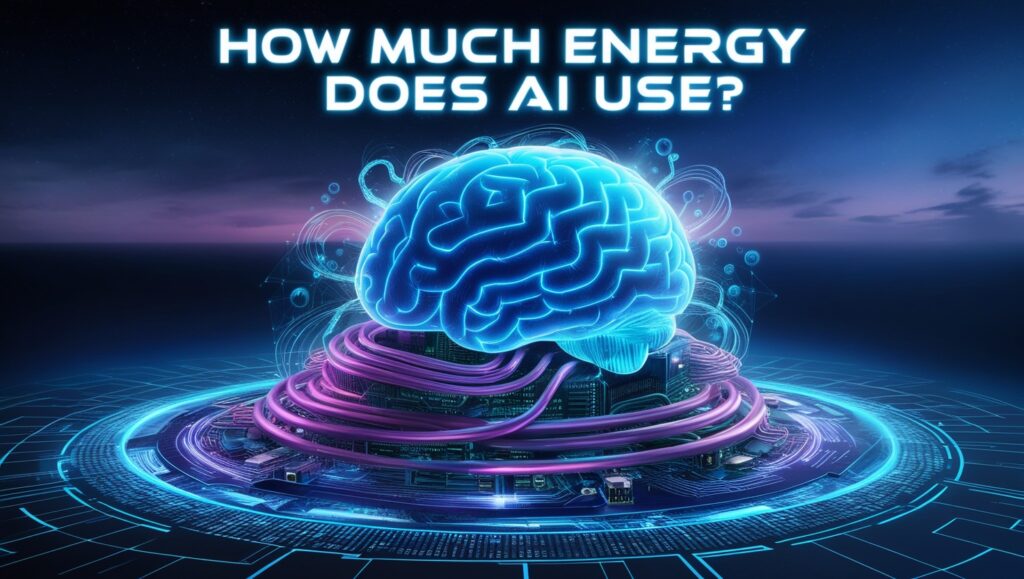
Training Large AI Models
Can chew through hundreds or even thousands of megawatt-hours (MWh)- thats roughly the yearly power of a small neighborhood.
Data Centers Hosting AI
Run 24/7, burning huge amounts of electricity just to keep servers and their ice-cold cooling units alive.
Inference Energy Use
Is cheaper than training, yet still adds up when chatbots, search engines, and voice helpers never take a break.
Hardware Efficiency
Matters; todays GPUs and TPUs are built to do the same work while sipping less power.
Model Size and Complexity
Go hand in hand with energy demand-a few extra layers can double the compute and the bill.
Geographical Location
Counts, since a server farm fed by wind or hydro is cleaner than one running on coal.
AI Workload Volume
Pushes power use up as more apps, devices, and curious users lean on artificial intelligence daily.
Energy Optimization Techniques
Like model pruning, distillation, and quantization trim unnecessary math and help shrink the AI carbon footprint.
Factors Affecting AI Energy Usage
Model Size and Complexity: Bigger, more intricate models do more math, so they draw more power.
Type of Hardware: Energy use differs between GPUs, TPUs, CPUs, and custom AI chips.
Data Center Infrastructure : Hot rooms need fans and chillers; outdated racks waste power.
Training vs. Inference : Teaching a model uses far more juice than asking it to predict.
Usage Frequency : Run a model every minute and the watt-hours add up fast.
Algorithm Efficiency : Smart code requires less data and fewer passes, so it s lighter on the grid.
Energy Source : Sun or wind power cuts emissions compared to coal or natural gas.
Geographic Location : Arctic air saves on cooling, while a desert city pays for extra chillers.
Environmental Impact of AI’s Energy Use
High Carbon Emissions
Most of that power still comes from coal or natural gas, so AIs run on electricity made with smoke and methane.
Contribution to Climate Change
When huge models spin for days, they burn more fuel than a small town, adding heat to an already warming world.
Resource Strain
Servers need lightning-fast juice and constant chill; getting both strains local grids, drinking water, and even nearby wildlife.
E-Waste Generation
To keep pace, firms swap out chips and boxes on the regular, turning cutting-edge gear into tomorrow’s toxic trash.
Renewable Energy Adoption
Swapping fossil juice for wind, solar, or hydro can slash these impacts almost overnight.
Energy Efficiency Improvements
New chips, smarter code, and batch processing trim the power footprint of each query.
Sustainability Challenges
As AI grows, so does the race to balance innovation with a livable climate.
Corporate Responsibility
Many big players now promise net-zero, green supply chains, and transparent reporting to lead by example.
Future Outlook: Sustainable AI Development
AI keeps getting smarter, and with that progress its impact on the planet is front and center. New energy-saving chips and slicker code are already slashing the power used for training models.
When data centers switch to solar or wind, the carbon cost of running AIs shrinks even more. Scientists are also building smaller models that deliver the same results yet need far less computing muscle.
On top of this, new rules from regulators and shared industry standards are nudging companies toward greener habits. Put together, these moves will guide AI growth while protecting the environment for years to come.
Limitations & Security
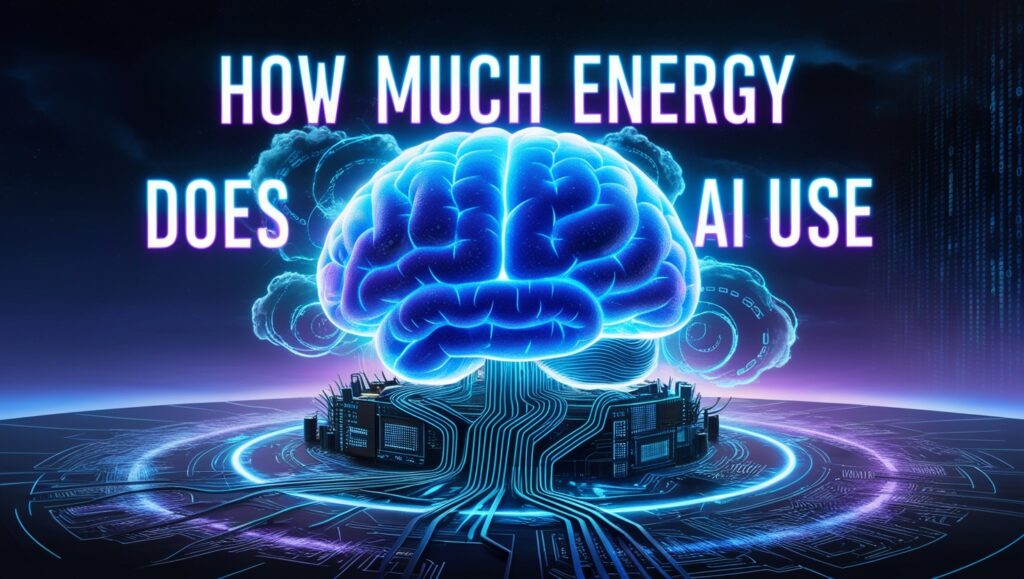
Limitations
Thirsty Models: Building large AIs chews up huge amounts of electricity, so only deep-pocket groups can really play.
Pricey Gear: Hardware that runs cool and costs little is still rare on the open market.
Carbon Footprint: Even with tweaks, big AI farms pump out greenhouse gases and drain raw materials.
Growing Pains: Making the same workloads energy-smart when scaled-up workloads triple is no easy feat.
Security
Targeted Centers: Most models live in data hubs that hackers eye, putting uptime and safety at risk.
Power Dependency: If the grid hiccups, the AIs stop, and so does the service people count on.
Privacy must-Haves: Cutting energy use cannot come at the cost of leaking private data from slimmed-down models.
Weaponized Efficiency: Bad actors can train AIs to perfect attacks that waste power, time, and network slots.
Pros & Cons
| Pros | Cons |
|---|---|
| Enables powerful AI innovations | High energy consumption during training |
| Drives efficiency in many industries | Significant carbon footprint |
| Advances energy-efficient hardware | Requires costly infrastructure |
| Encourages renewable energy use | Environmental strain on resources |
| Optimizable through software tools | Scalability challenges with growing use |
| Supports automation and productivity | Risk of increased e-waste |
| Promotes research in green AI | Dependence on stable energy supply |
| Can reduce overall energy via AI-driven optimizations | Security vulnerabilities in data centers |
Conclusion
To sum up, powerful AI systems now chew through huge, and still-rising, energy budgets-especially when researchers train massive models or apps keep streaming predictions.
That power hungry habit threatens the planet, but smarter chips, more solar and wind, plus better code tuning give real hope for a cleaner path.
Finding the right balance between AIs brilliant gains and greener work habits will shrink its carbon shadow and guide safe growth.


